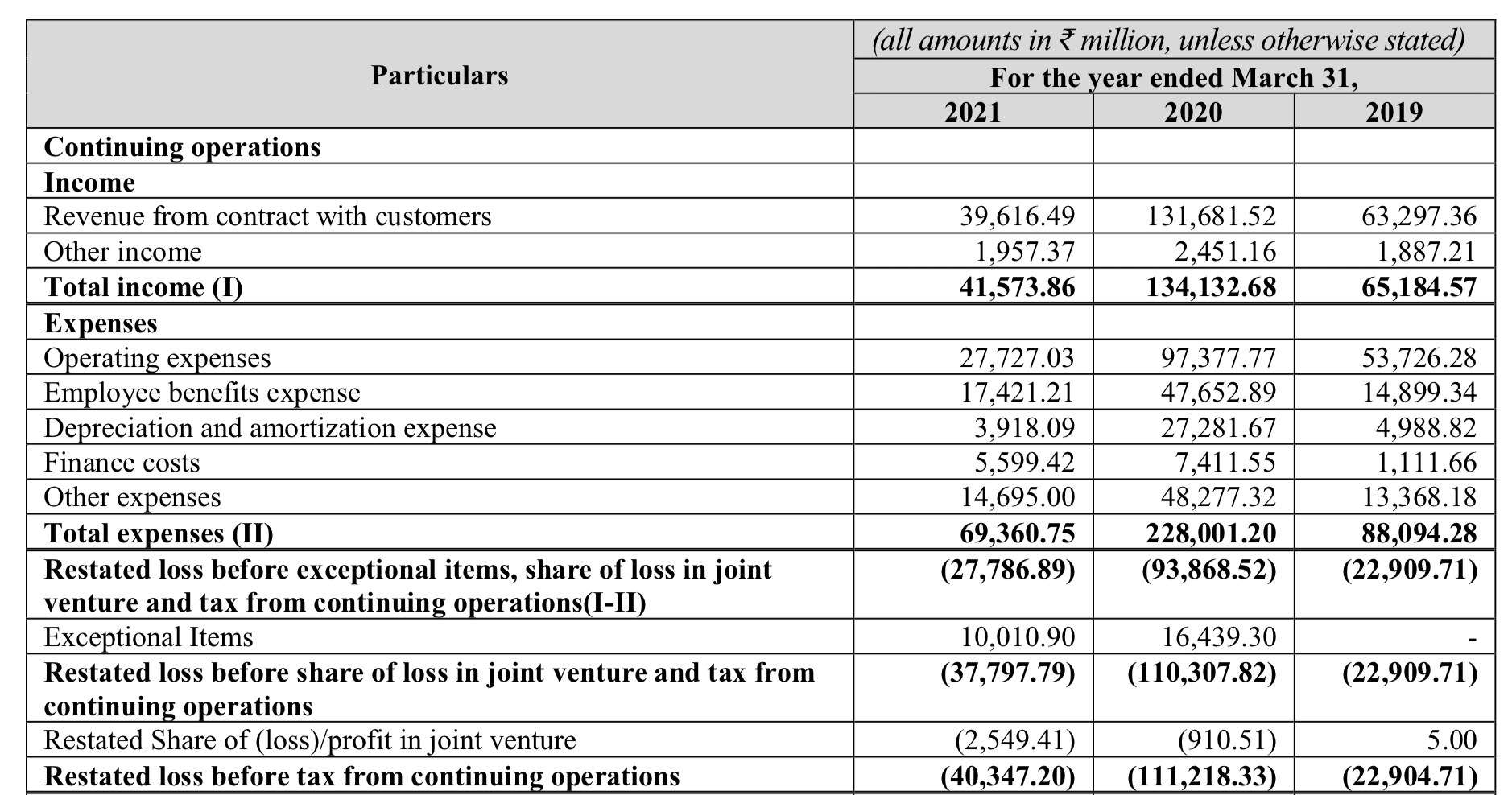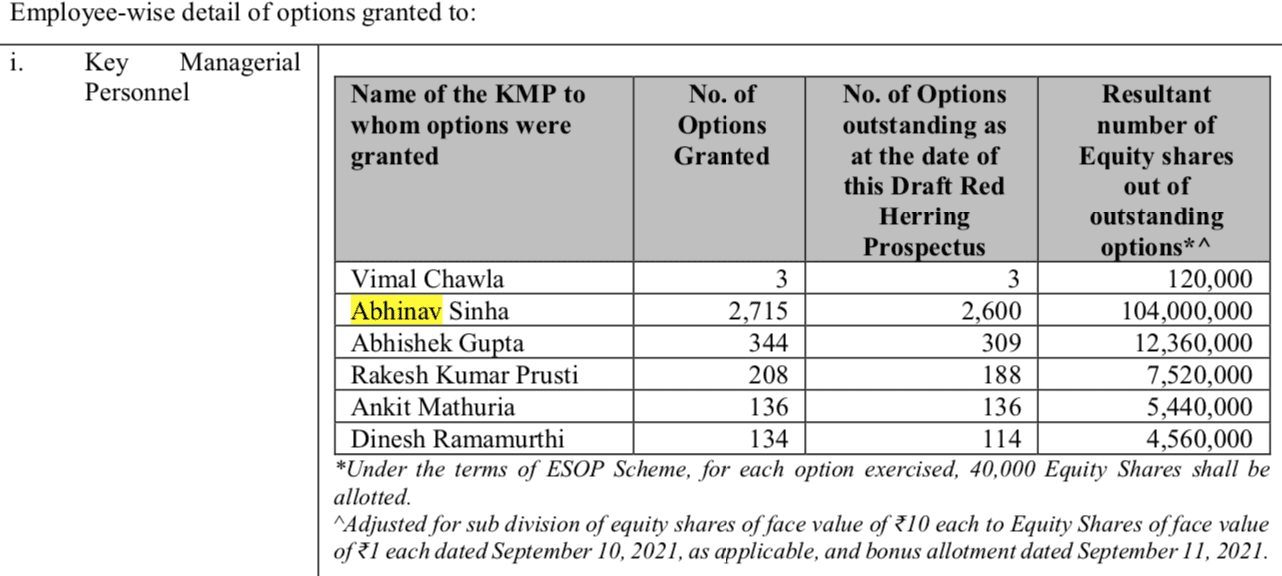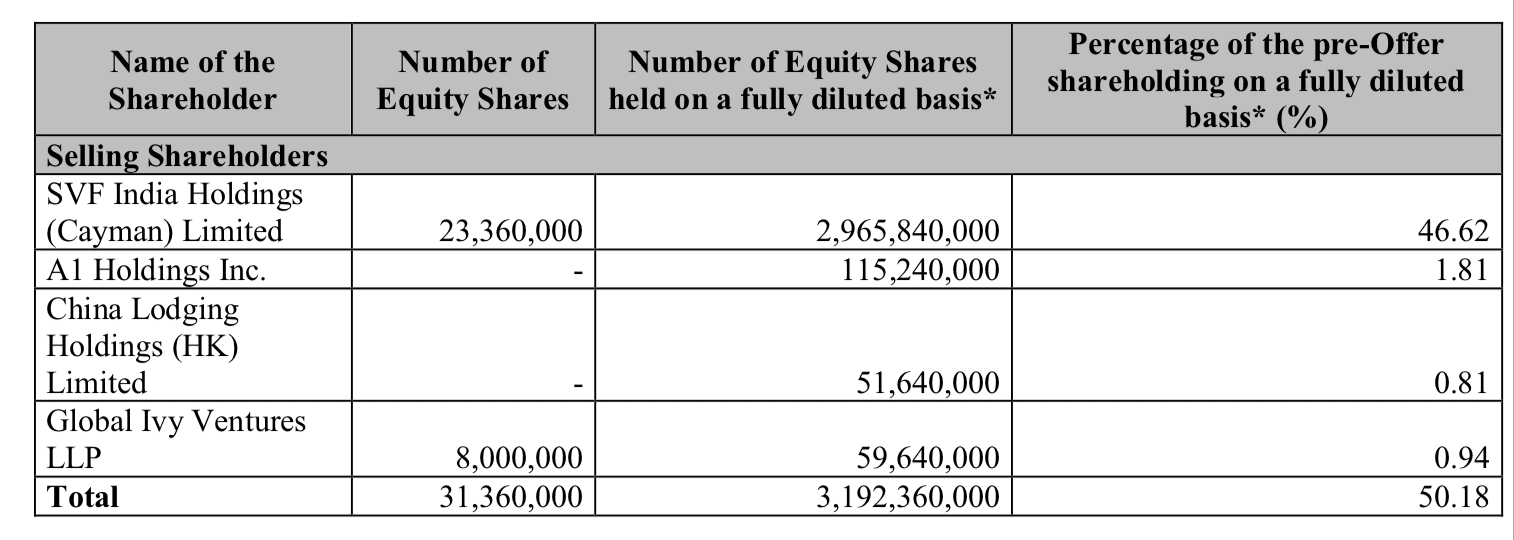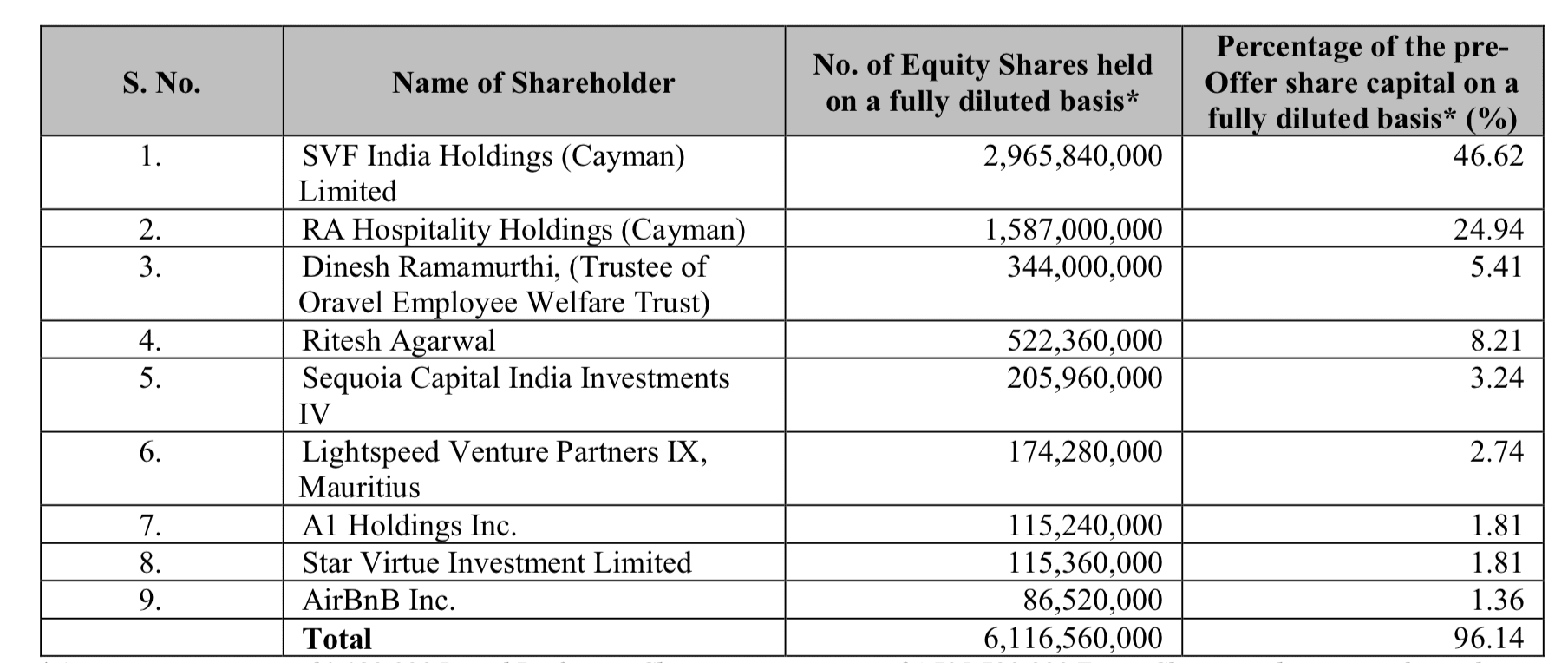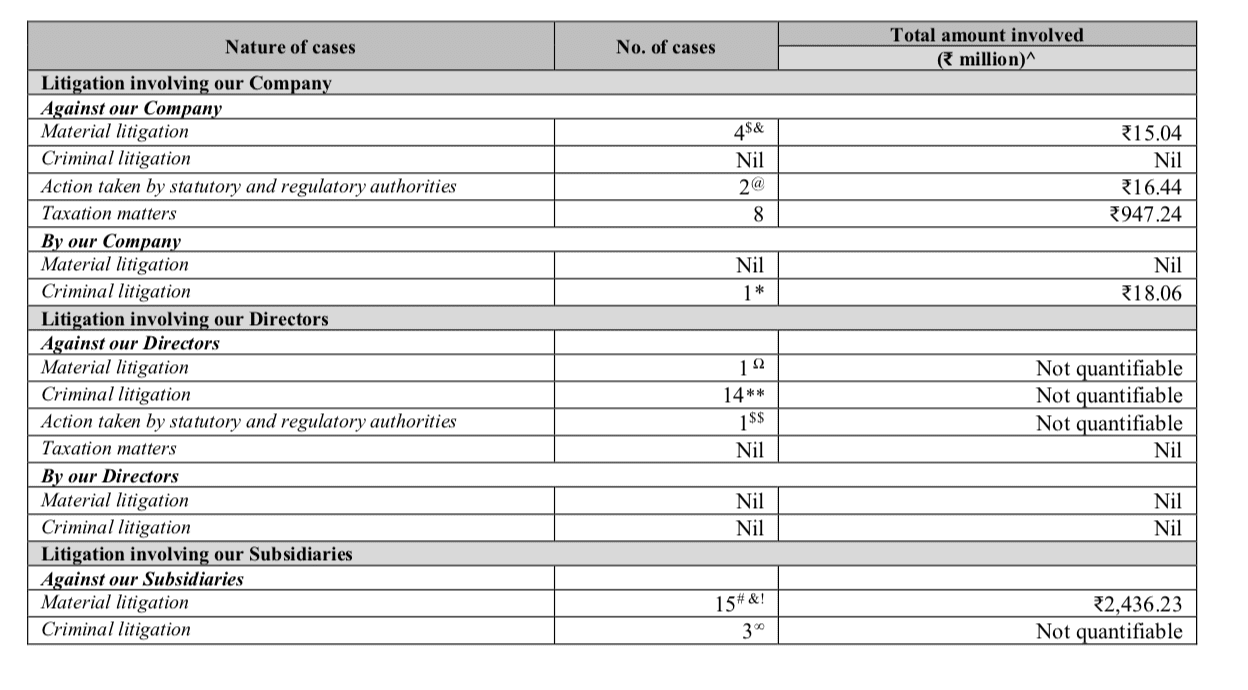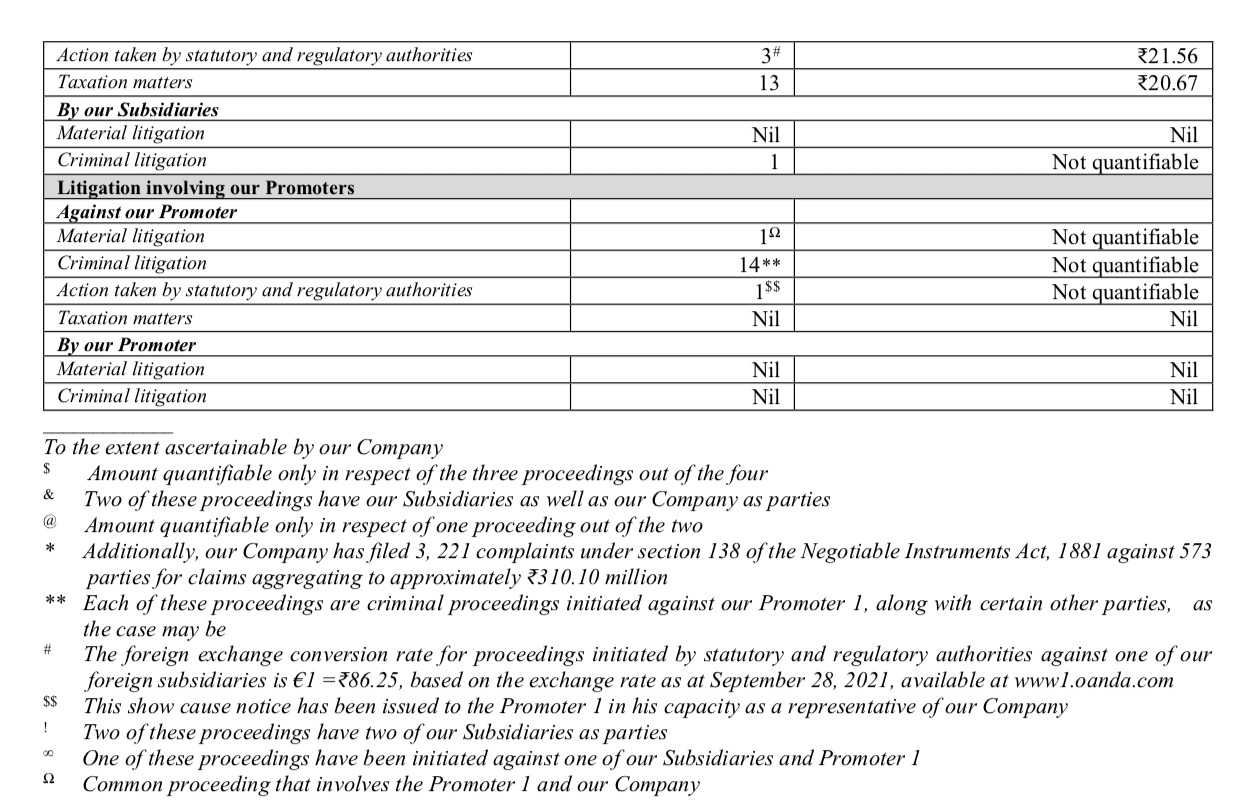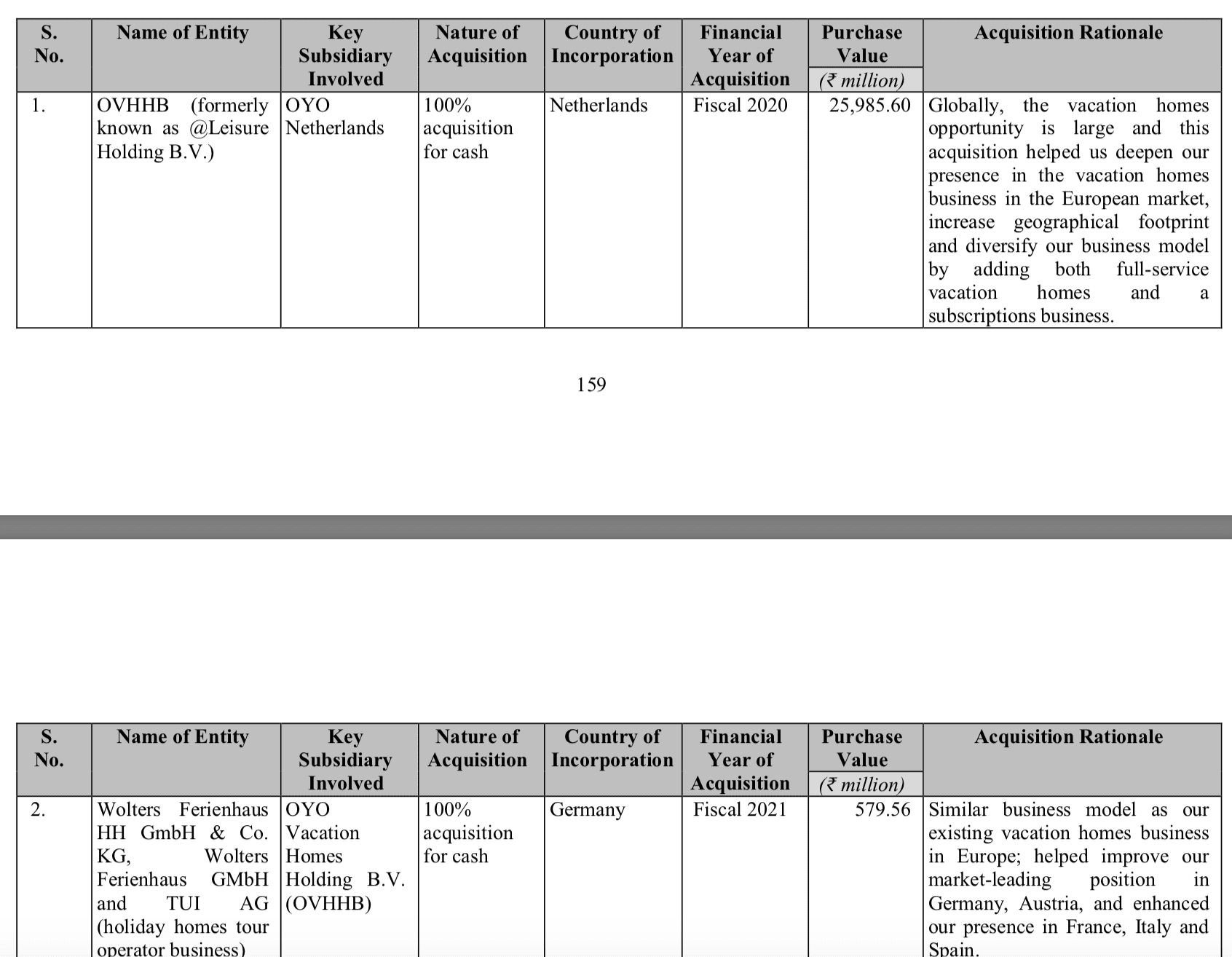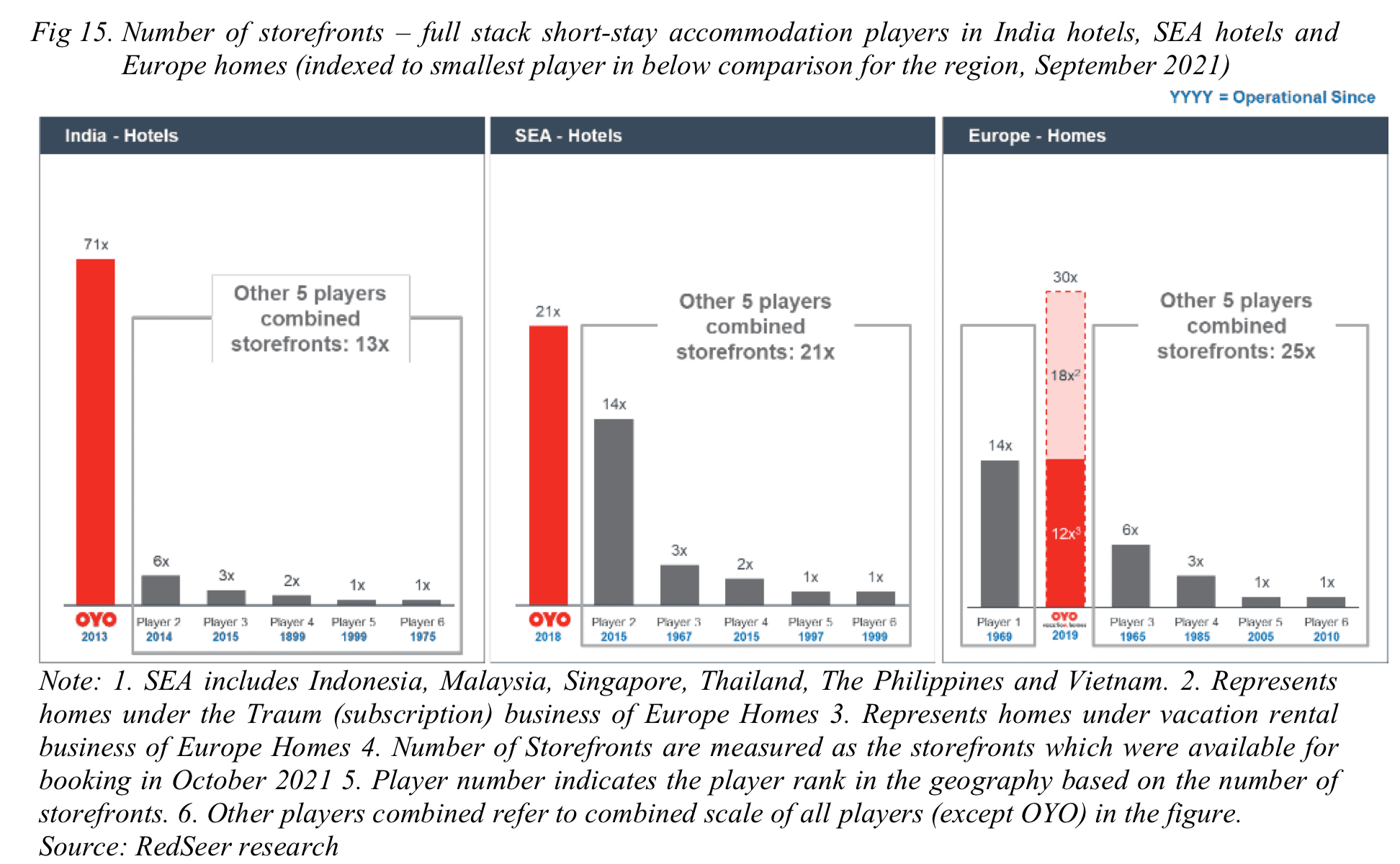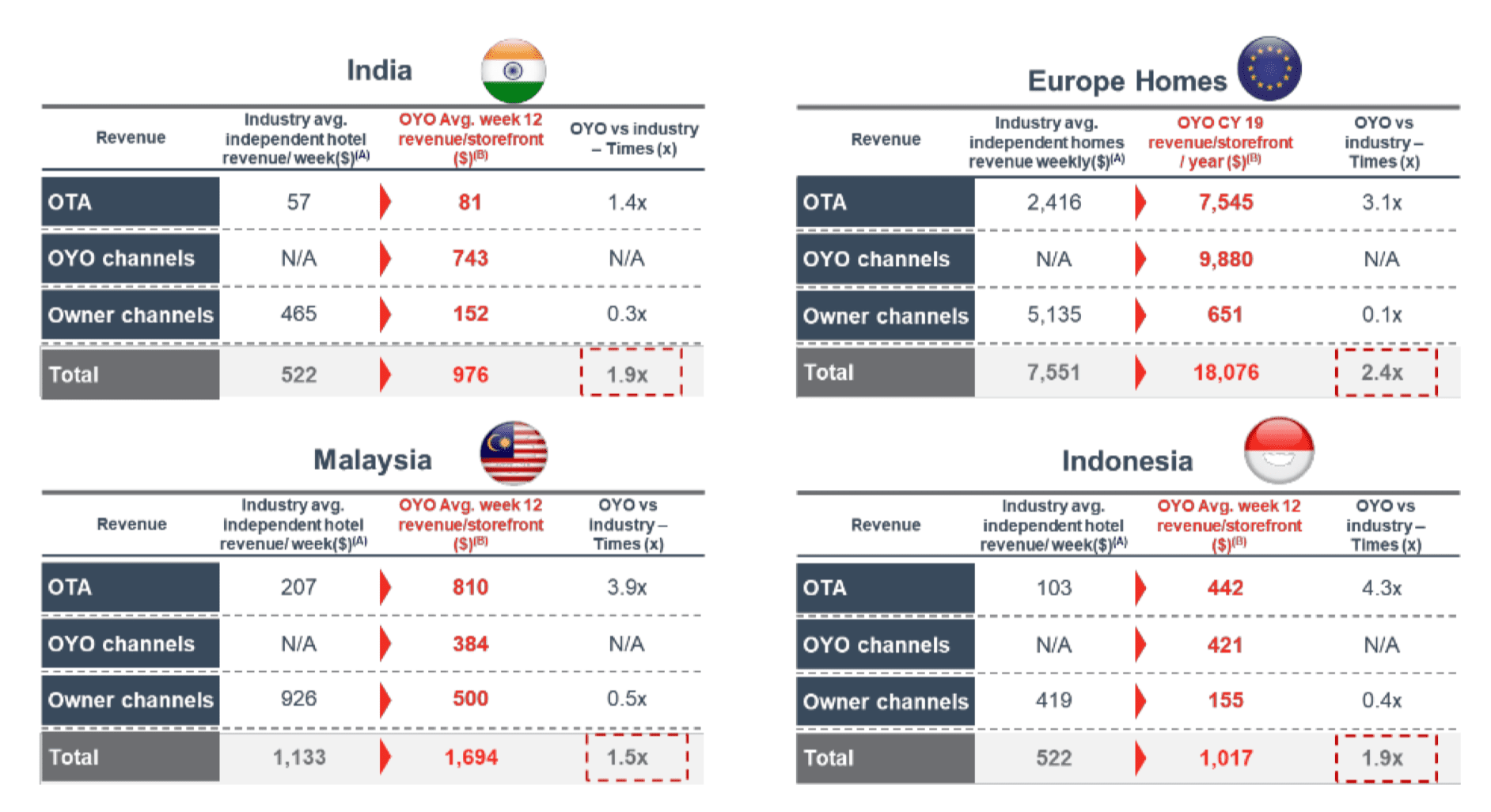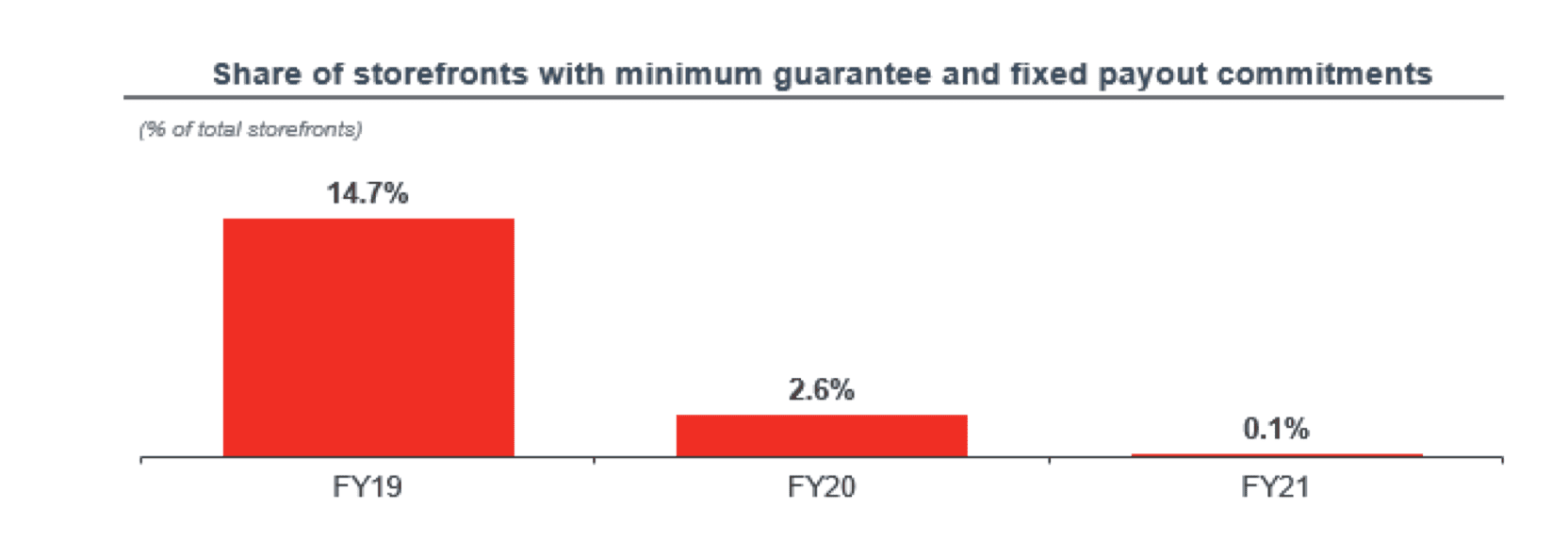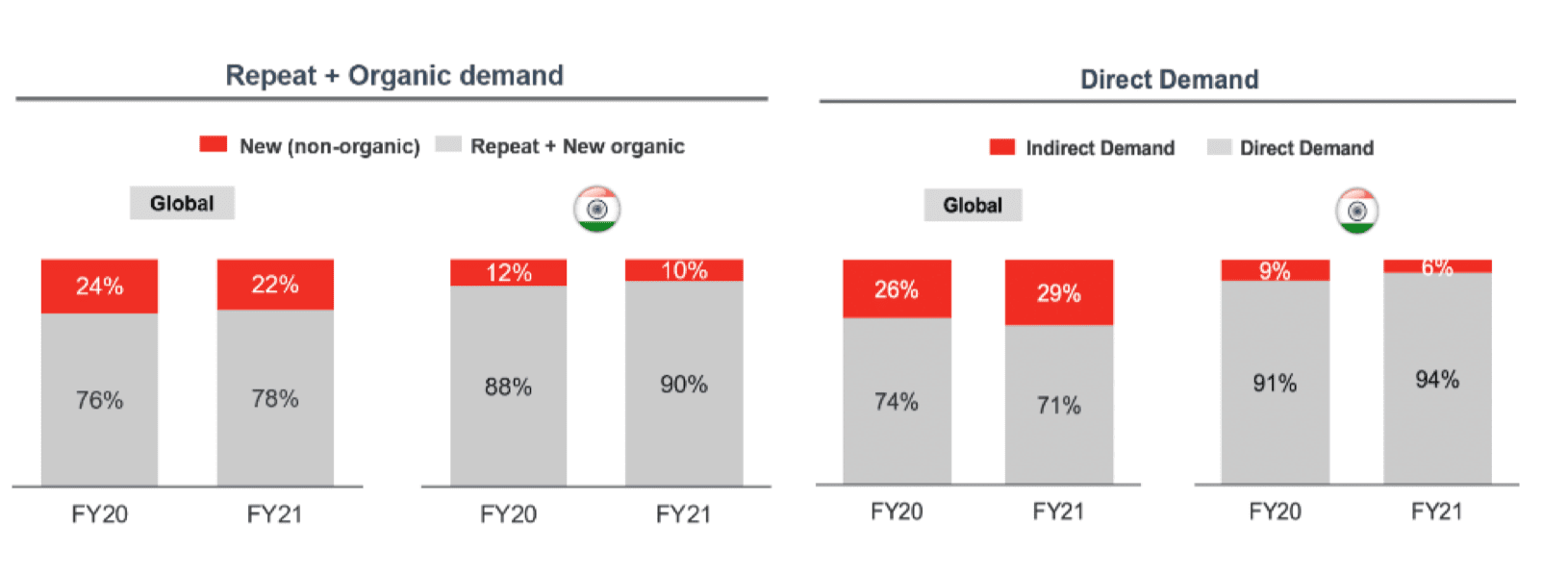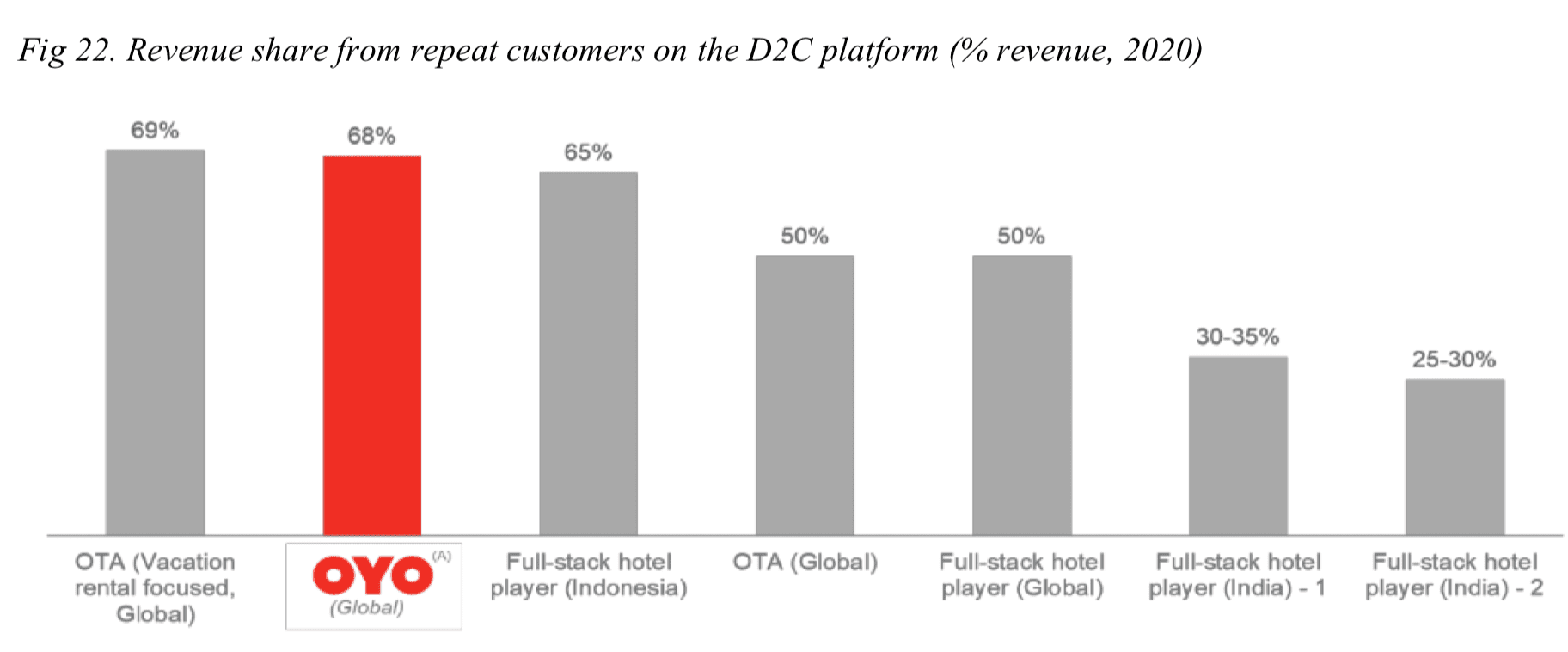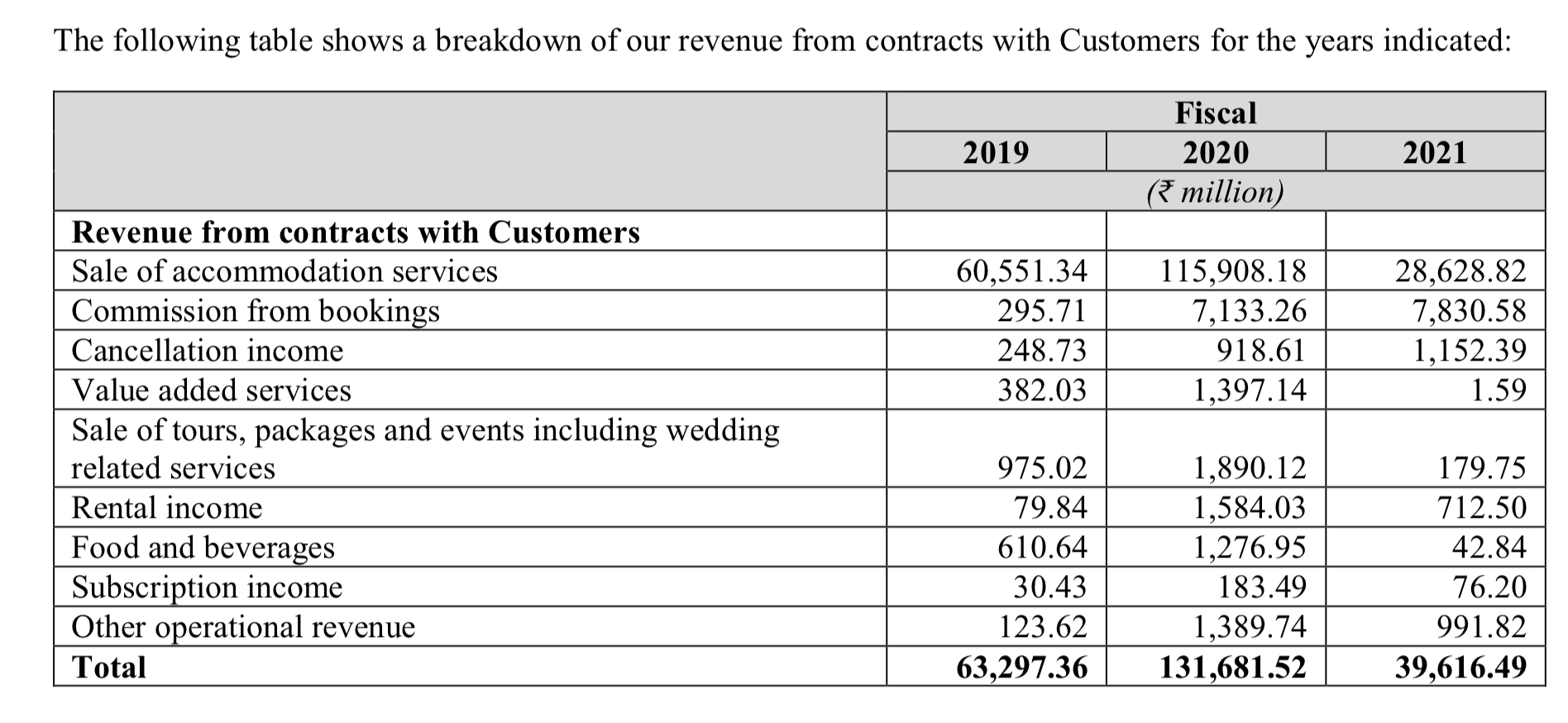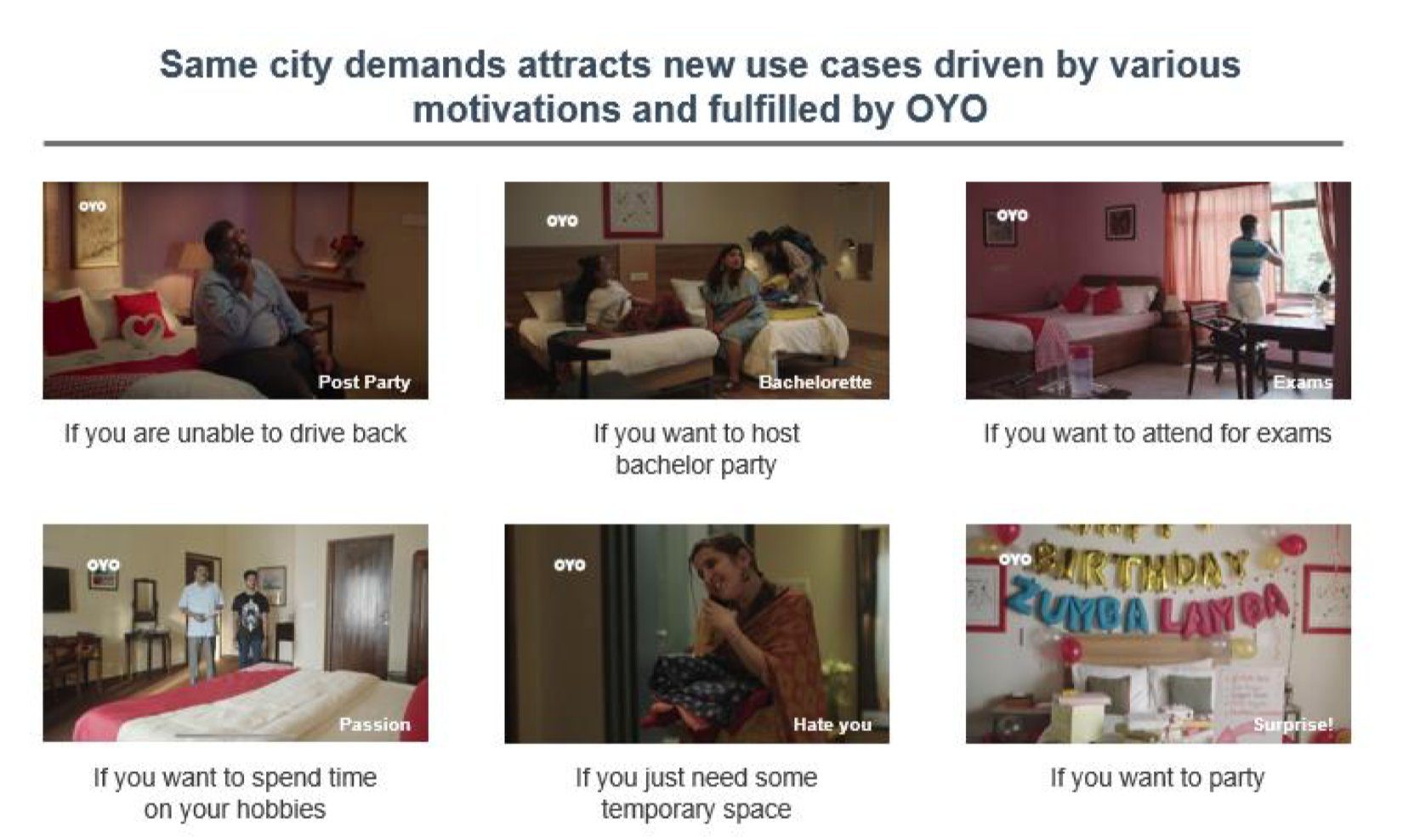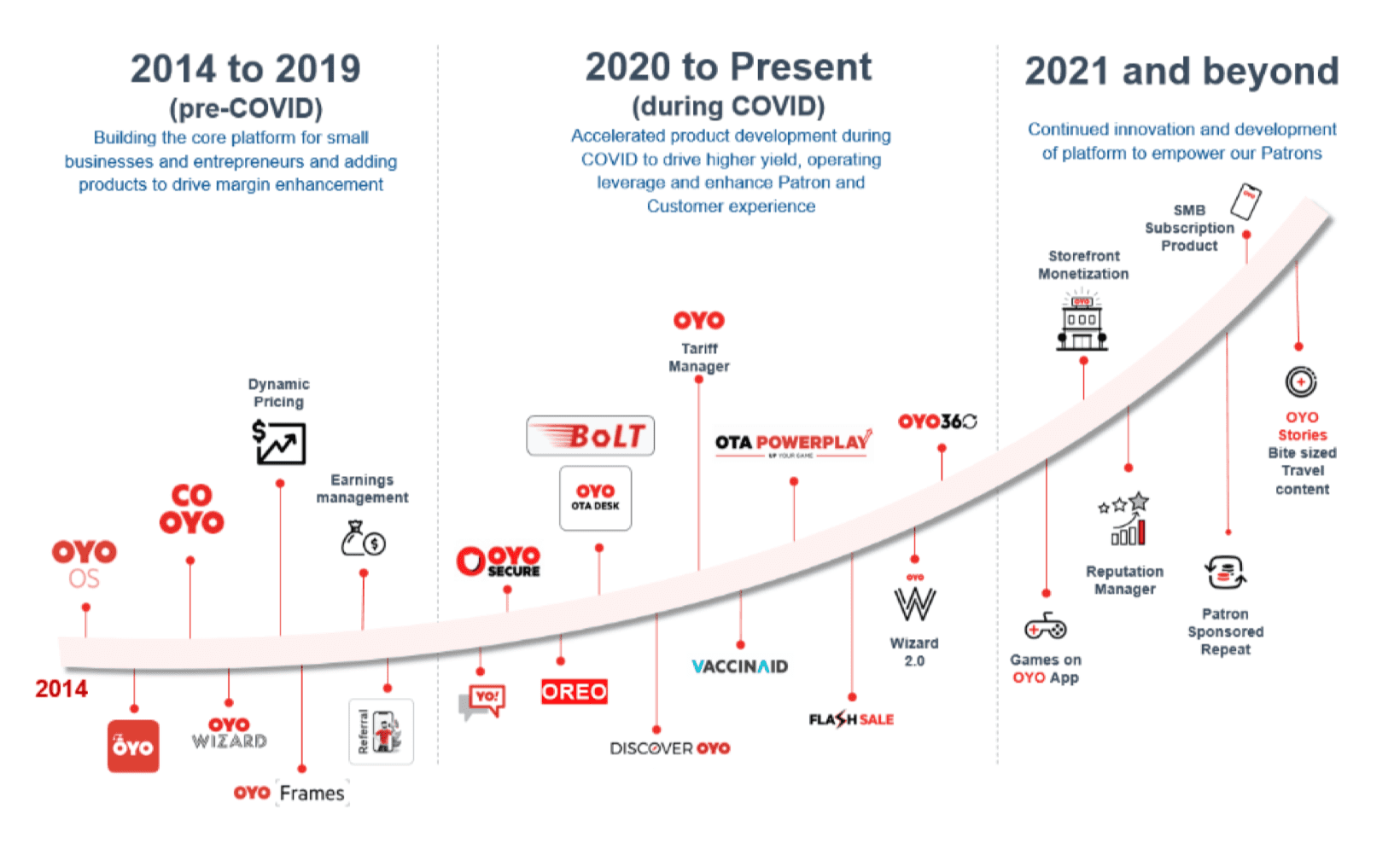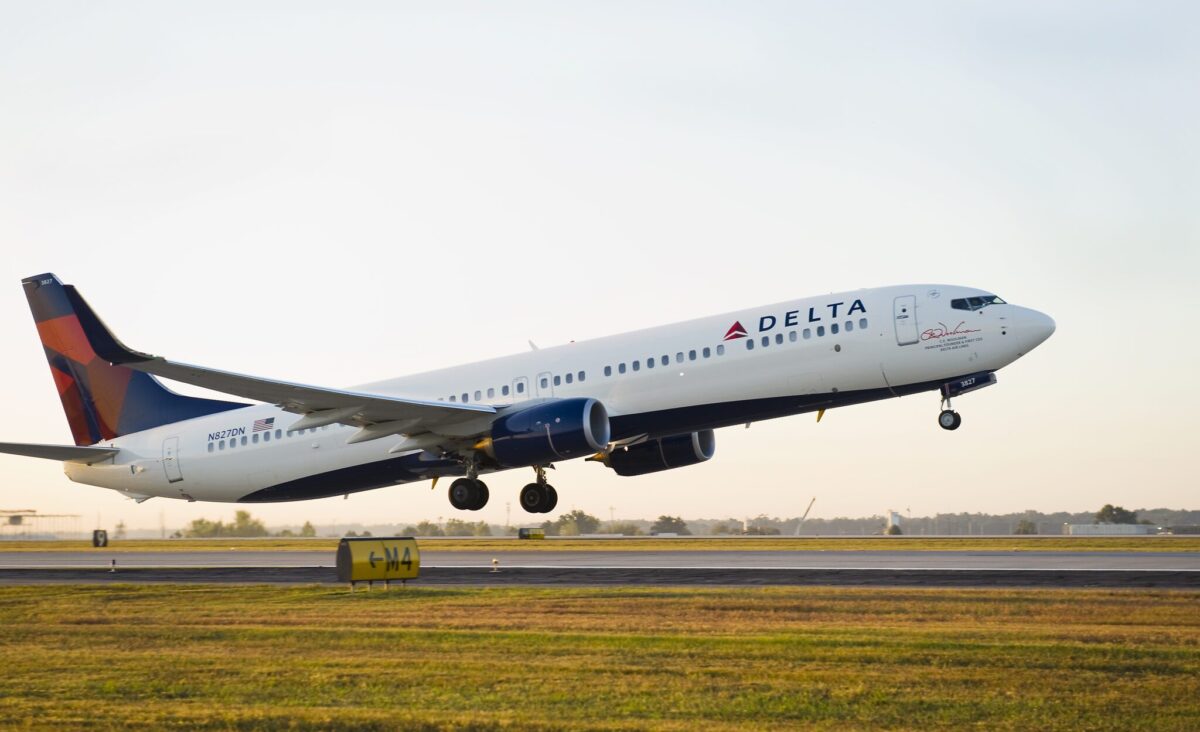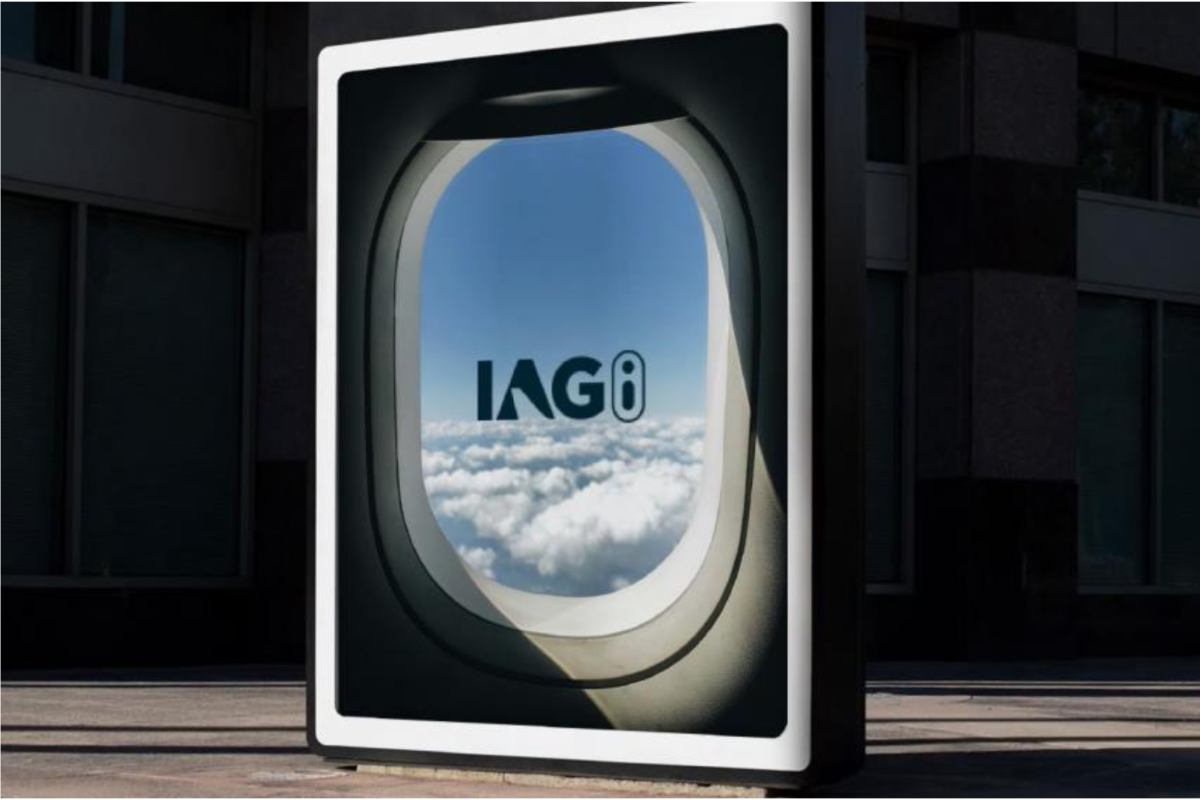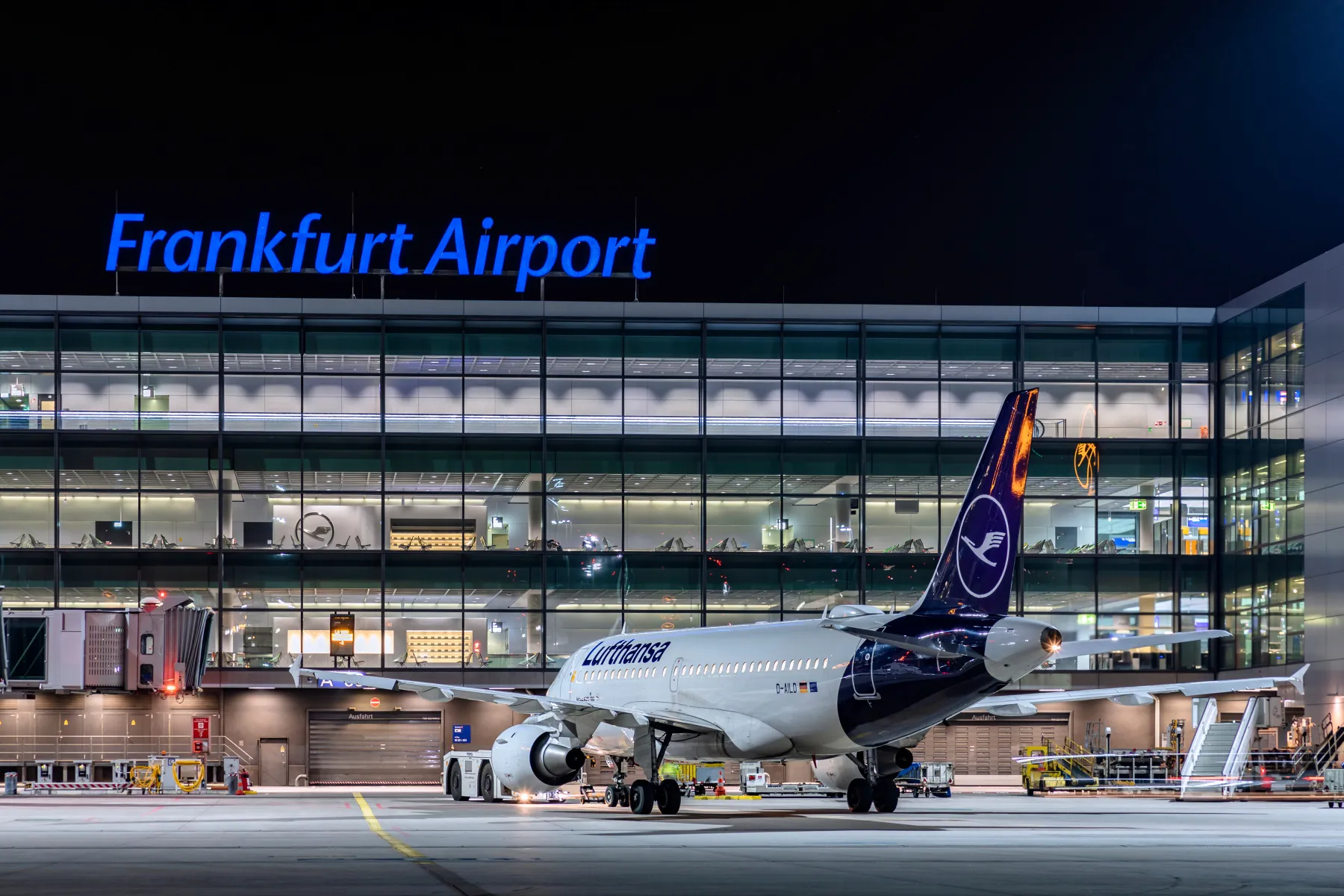What Caught Our Eye in the Mind-Bogglingly Dense 642-Page IPO Filing for Oyo
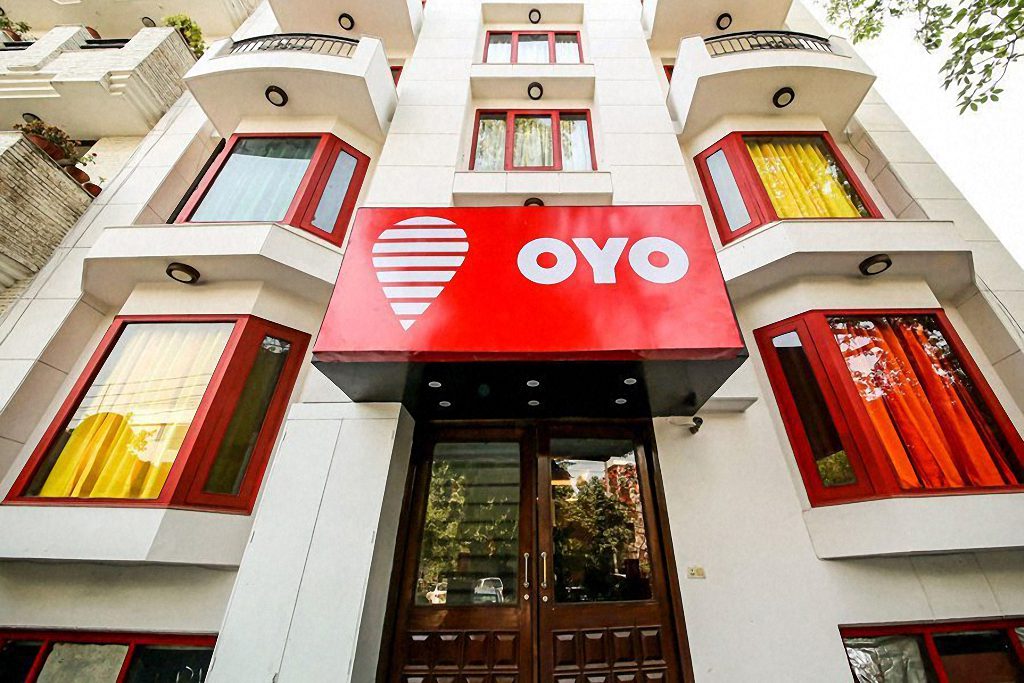
Skift Take
The once high-flying Oyo has been humbled, even as it remains a mind-boggling complex global business. That is the one line summary of the very dense 642 page IPO prospectus (large PDF file) filed by the India-headquartered hotel startup locally for a proposed $1.2 billion raise, valuing the company just shy of $10 billion.
Just a few years ago, the hopes of the company and its main investor Softbank would likely have been an initial public offering in multiple billions of dollars in a flashy offering on Nasdaq or NYSE.
But the double whammy of Oyo's own internal troubles, followed by pandemic reset expectations for the company and its investors. It still remains a very complex business that grew way too fast and kept on adding things in any which way to fuel that growth. Just count the number of global direct and indirect subsidiaries Oyo has in this document, it runs into hundreds. That said, it has survived and is a smaller, more focused company, as its prospectus shows.
We went through the prospectus and picked out some nuggets that caught out eye, consider this an amateur IPO tear sheet, if you will. More accurately, screenshots of portions of the document that we think shows the current state of Oyo's business and its future potential to come, and possible lessons for other companies in the hospitality space.
- Its 2020 fiscal year, which ended March 31 last year, was its best year ever and Covid and Oyo's retreat from various markets took out two-thirds of its revenues, though, of course, costs also came down dramatically.
- Founder and CEO Ritesh Agarwal directly and through his subsidiary — that's a whole story in itself — owns 33 percent of the company, while Softbank owns the largest investor chunk with almost 47 percent of Oyo.
- Oyo Chief Operating Officer Abhinav Sinha stands to make the most money as an employee, post-IPO, as he holds the most amount of stock options. According to calculations Indian business news site Mint has done, his stock options are worth about $135 million USD.
- These are the four major institutional investors that hope to exit as part of the IPO, Agarwal doesn't plan to sell any shares anytime soon. Though of course he has taken a huge chunk of money off the table through these years of large fund raises previously.
- Airbnb which invested about $75 million in Oyo in 2019, now holds a small 1.36 percent stake in the company.
- Oyo is embroiled in an unusually high number of legal cases, symptomatic of its profligate ways of stretching its business practices in India and elsewhere, pre-Covid. And the distributed nature of business where there are a lot of disgruntled partners, and even customers.
- Oyo has done two short term rental acquisitions in last two years, @Leisure for about $415 million and TUI's vacation rental homes business for about $8 million last year right before the pandemic started.
- Oyo says it has the size and sale that no other competitor in its main markets of India and South East Asia can match. This comes with a lot of caveats though. Oyo is counting directly managed hotels and hotel listings together (as Oyo runs a blended OTA/metasearch plus hotel model). And by measuring hotels vs. competitors rather than room counts or revenue, Oyo is obscuring that most of its properties are quite small (on average, under 30 rooms) and charge very low daily rates.
- About 70 percent of its employees are in India now, indicative of its retreat and downsizing from other global markets including U.S and China. This centralization in India may have contributed to frustrations from U.S-based Oyo hoteliers who felt the company was unresponsive to their local needs.
- Its core markets currently are India, Malaysia and Indonesia, and short term rentals in Europe, about 90 percent of its listing today. It is still holding out future hope for U.S. and China markets, though that unit economics haven't been proven in last few years it tried, pre-Covid.
- Oyo says it has about 158,000 hotels + short term rentals on its platform as of six months ago.
- Oyo claims on its industry lift vs staying non-Oyo branded or listed. This of course will be disputed by every direct competitor and OTA, and disgruntled former and current Oyo hotels, of which there are a lot.
- Among the biggest changes Oyo has made in its model, no more minimum grantees when signing up hotels. This of course was one of its most controversial parts in prior years, where hotel owners either didn't get the minimum payouts. promised, or had other kinds of disputes with Oyo related to these payments.
- Oyo has signed on about 10 million loyalty members and says they are contributing to. their comeback and repeat bookings in a big way this year, particularly in India.
- Good breakdown of its repeat vs new customers and channels they are coming through, Much like Airbnb shows in its numbers, direct is where most of its efforts are, hence the value of its brand.
- More on repeat customers, and that top player it doesn't mention by name is Airbnb. Certainly that is why Oyo spends a lot of money on brand marketing and TV ads.
- More on its direct booking numbers. vs indirect distributions efforts. It takes a cut of anywhere from 20 percent to 35 percent or hotels it brands, and for listings-only it charges a subscription fee.
- This below is an interesting table breakdown of the various sources of its revenue, and potentially a hint into what else it may expand into in the future.
- As for what it wants to expand into, Oyo says long-term stays, weddings and other events is a future growth market for it.
- A fascinating chart on its recent bookings: 70 percent of bookings are same day AND 50 percent-plus bookings are from people living in the same city as the hotel/short term rental, in its major cities. There is a reason why Oyo has a reputation for being a "love hotel" in India, though its own use-cases of same day use are a bit different, in the second image below.
- Finally, to tie it all together, this chart strangely embedded towards the end of its long IPO document is a good overview of Oyo's evolution from its start in 2014 to its hypergrowth phase to the Covid and post covid era.

